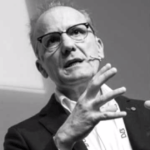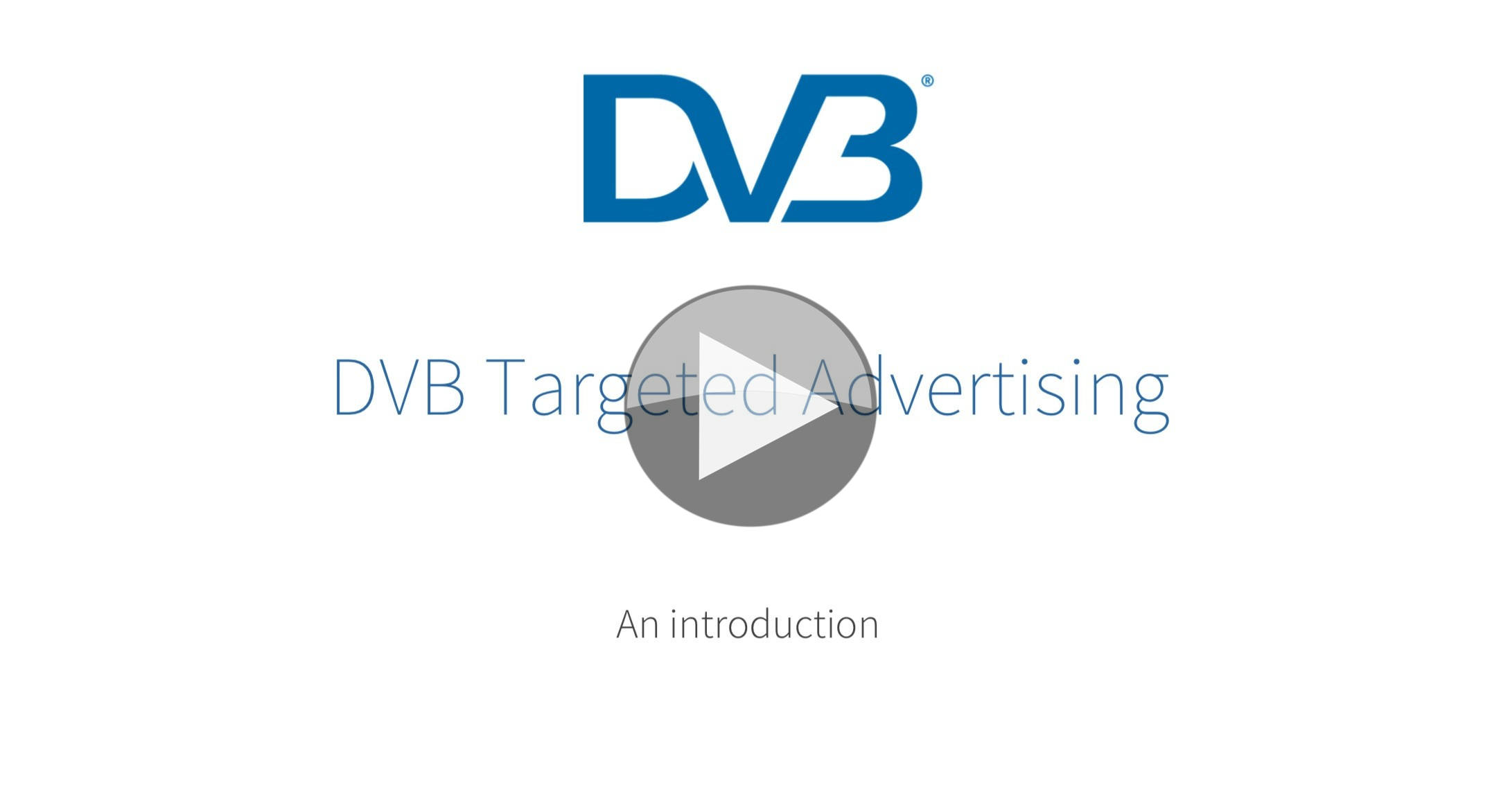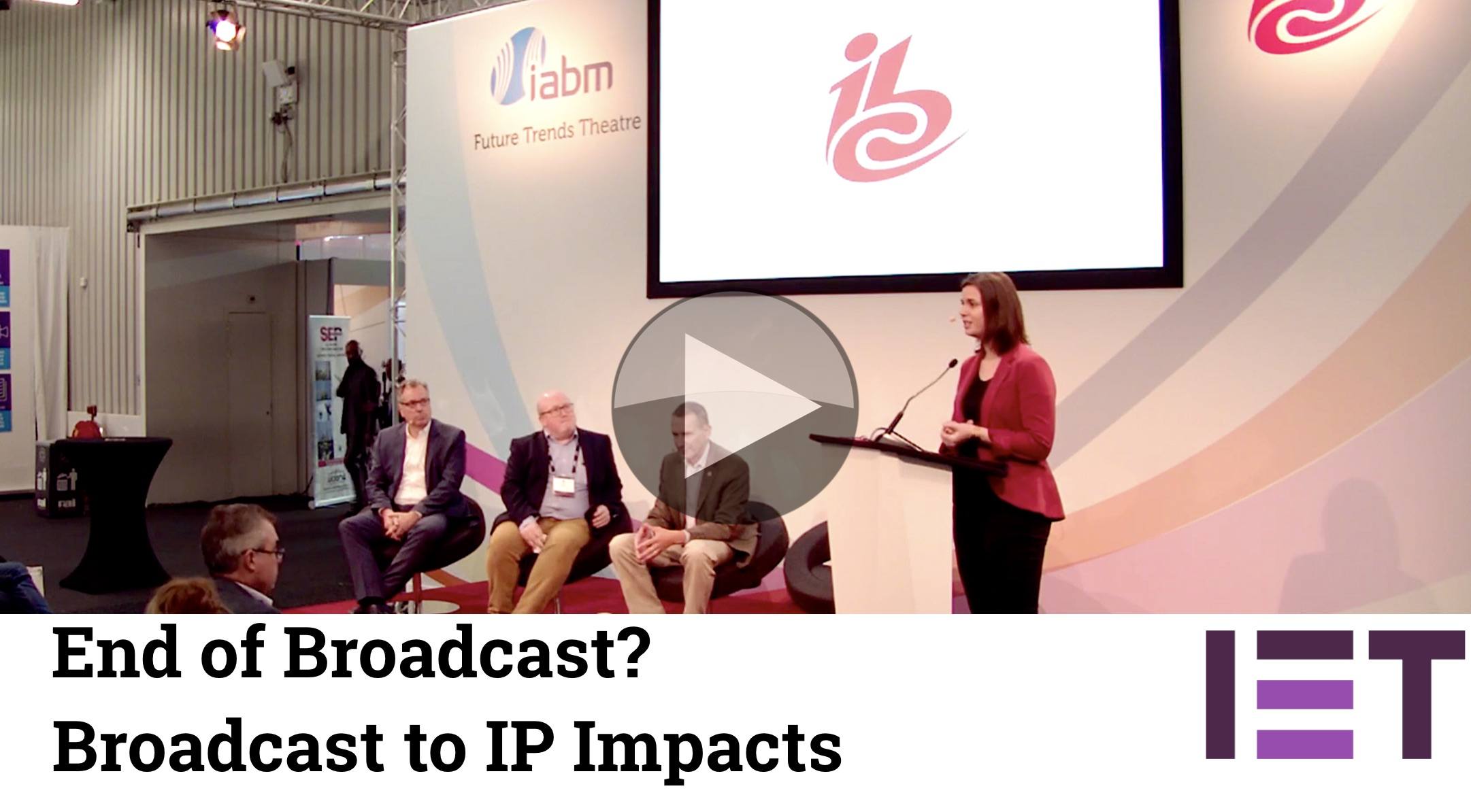Addressable TV is coming to DVB with targetted advertising specifications. Famously Sky has been one of the main driving forces behind addressable TV in Europe. Sky’s AdSmart technology, launched in 2014 has long allowed advertisers large and small to target very specific viewers. In 2017 DVB spotted the need for an interoperable standard for targetted advertising and today we are seeing the results of their work to date. Usually, broadcasters can charge a premium for targetted advertising which brings them on a par with the ability of the large streaming giants to target ads to their customers. Sky has found that personalised commercials result in 21% more engagement and 35% heightened attentiveness.
Addressable TV has been shown to encourage smaller advertisers to use TV for the first time. Whilst creating a professional advert is not cheap, this is played off against the reduced cost of only targetting a small percentage of households. Capitalising on the localisation possible, Macdonalds, for instance, has used targetted advertising to announce new menus in specific branches.
Targetted advertising shows a promising future for growth, so this seems to be a great time for DVB and HbbTV to be jointly producing standard guidance for the industry called DVB-TA.
Martin Gold introduces the DVB-TA Part 1 – Signalling explaining that this specification is currently going through ETSI for standardisation. DVB-TA accounts for signalling from playout to the encoder, to downstream transcoders/multiplexers and to the receivers themselves. The specification focusses on SCTE 35 and where a receiver can’t understand SCTE 35, there is a way to translate these messages to DSM-CC messages for HbbTV devices. SCTE 35 has been extended and includes a unique programme descriptor and also accounts for PTS adjustments.
Matt Poole follows by talking about Part 2 which deals with communication with ad servers. Matt explains how privacy and working within GPDR has been considered throughout this section. He then talks about the importance of carefully matching the video format of the ad inventory with the viewed channel in order to get the most seamless transition possible and be careful to download the correct file type of asset. Matt then talks about the playoff between reach and perfect user experience.
The talk ends with a 20-minute Q&A session which includes panellists Peter Neumann and Angelo Pettazzi.
Watch now!
Speakers
 |
Angelo Pettazzi Chair of the DVB Commercial Module working group on Targeted Advertising Consultant at R.T.I. Strategic Marketing, Mediaset Group |
 |
Martin Gold Editor of the DVB-TA signalling specification, Consultant Architect at YouView TV Limited |
 |
Matt Poole Chair of the DVB Technical Module working group on Targeted Advertising, Steering group PMO, HbbTV |
 |
Peter Neumann Platform Solutions Program Distribution, CBC / Mediengruppe RTL |







